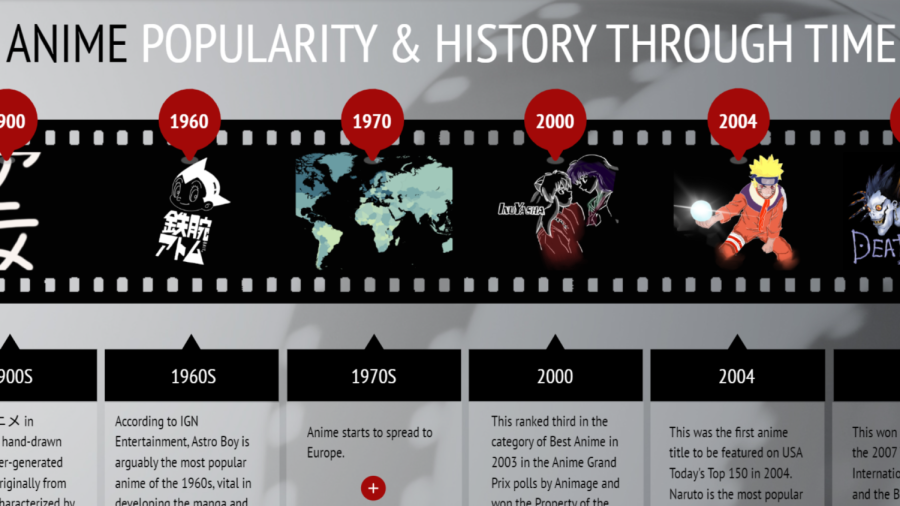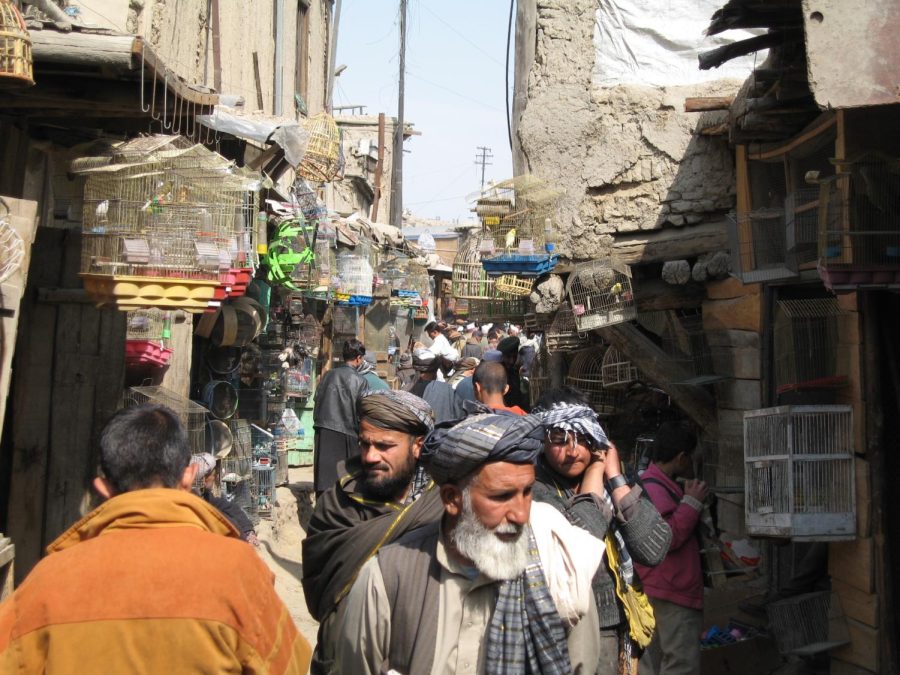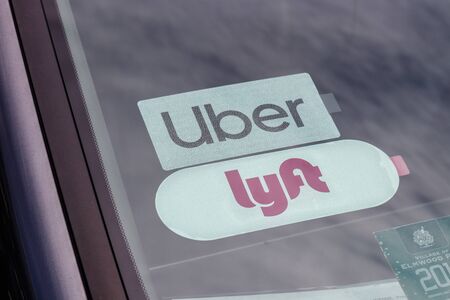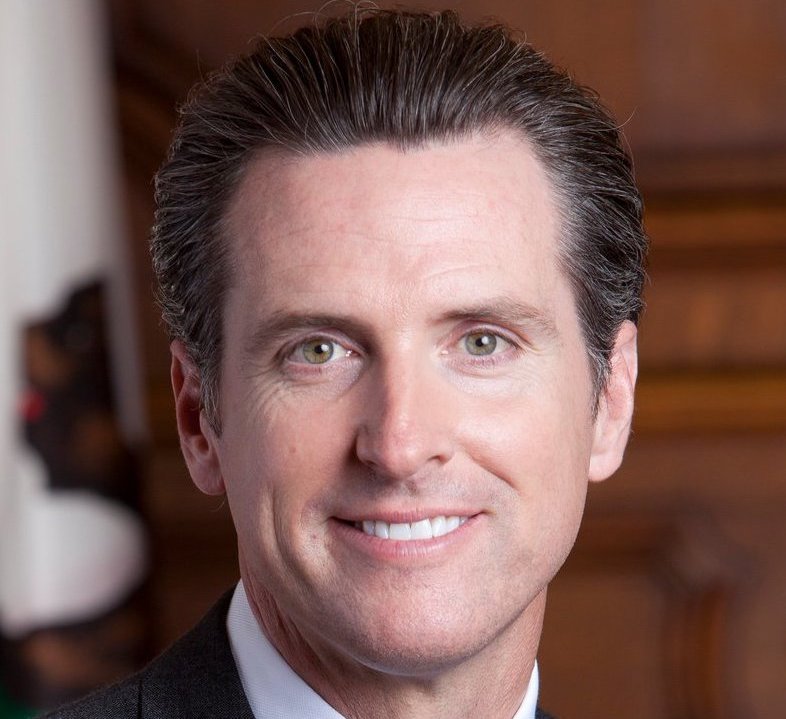Green Tech is just one of those classes that many of Carlmont’s students are wanting to take next year.
Engineering and Green Technology is a relatively new class at Carlmont that emphasizes on both engineering design choices and its impact on the environment, while making devices that use green power.
The class applies environmental science, green chemistry, environmental monitoring and electronic devices to model and conserve the earth and resources and stop the negative impacts of human involvement.
Casey O’Hara, the teacher at Carlmont who started the course, said, “Engineering and Green Technology basically introduces students to an engineering design mindset. We figure out how to take a vague or complex problem and break it down, and then figure out ways to solve it.”
Using engineering, the students make devices that use green power, such as bridge design, mousetrap-powered cars, solar house design, and energy audits.
The class was started in 2009 by O’Hara to create a hands-on course for students who enjoyed physics and the environment. The class was designed as an alternative for AP Physics.
This year was the first year that David Talcott began teaching it, who is a new teacher at Carlmont.
The course itself is UC/CSU approved to meet the elective requirement and is taught in a Project-Based Learning style, or PBL.
Using the PBL style of learning, each unit is a project that is designed to teach students something about engineering, physics, and sustainability.
One of their projects this year included designing a new engineering building.
“Our Biotech building and Performing Arts Center were designed to be LEED certified (LEED stands for Leadership in Energy and Environmental Design). Then, students drew floor plans, built models, and presented their designs to a panel of judges including school officials, parents, teachers, and engineers,” said O’Hara.
The students figure out how to make it LEED certified which certifies that a building is designed in an energy-efficient, sustainable way.
But before students take the class, they are required to take Physics (regular, AS, or AP) and have successfully completed Algebra II.
The students really get to explore real-world issues and look at the problem and try to find an answer to it.
Students are currently doing an energy audit of the school, to help raise awareness of areas in which the school can conserve energy and save money. They also use Lego Mindstorms to take a closer look at programming, and use solar panels to learn about alternative energy.
[media-credit id=11 align=”alignnone” width=”300″]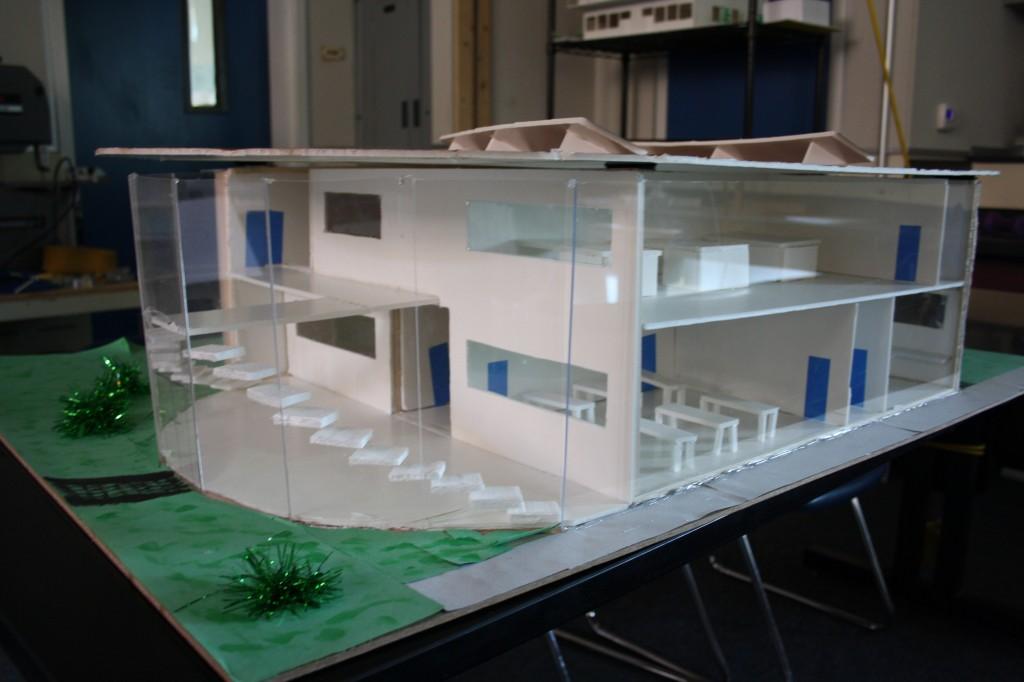 [/media-credit]“Some students are great at math or physics, others are great at taking stuff apart and building things, and yet others are great at creative, outside-the-box problem solving. The best outcomes are when all three types of students are collaborating together to tackle an interesting problem,” said O’Hara about his student’s abilities.
[/media-credit]“Some students are great at math or physics, others are great at taking stuff apart and building things, and yet others are great at creative, outside-the-box problem solving. The best outcomes are when all three types of students are collaborating together to tackle an interesting problem,” said O’Hara about his student’s abilities.

